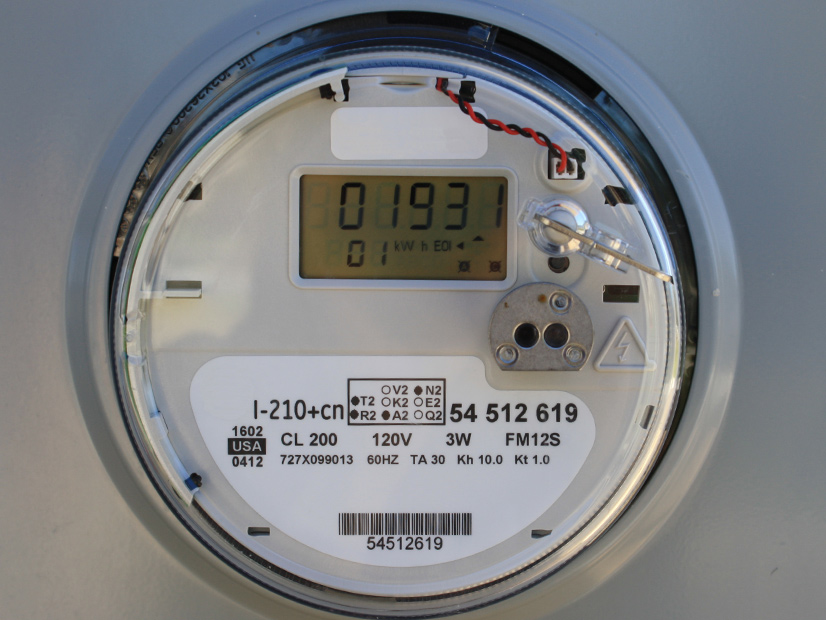ISO-NE’s revised proposal for FERC Order 2222 compliance was the singular focus for the NEPOOL Markets Committee on Thursday as it wrapped up a two-day meeting.
The RTO presented changes to energy and ancillary services (EAS) market participation, metering and telemetry requirements, distributed energy resource aggregation (DERA) registration coordination and Forward Capacity Market (FCM) participation.
Throughout its presentation, ISO-NE also responded to stakeholders who presented at the MC meeting in June.
Changes Outlined
Regarding EAS markets participation, the RTO added a demand response DERA model and expanded the existing participation models to allow for aggregations. The initial proposal did not allow demand response DERs to aggregate with other types of DERs.
ISO-NE said the demand response DERA model might include demand reduction, energy injection and energy withdrawal capabilities. The model also leverages most of the market features from the existing DR resource model to provide compensation for demand reductions based on Order 745 requirements.
The grid operator’s updated proposal now aligns the metering and telemetry requirements for aggregations with existing requirements for non-aggregated assets. This model ensures metering equivalence between aggregated and non-aggregated resources for market products being bought and sold, real-time situational awareness, accuracy, precision and latency. In addition, the utilization of existing meter data collection systems will also facilitate cost-efficient implementation.
Response to AEE
At the June MC meeting, Advanced Energy Economics said device-level metering is necessary for Order 2222 compliance and suggested that third-party meter readers be included in the design. AEE also noted that submeters are allowed for passive demand resources and that third parties are used to report revenue quality metering (RQM) and telemetry for active demand resources.
Data used for settling passive or active demand resources do not impact energy market settlement and are not subject to reporting by the meter readers.
Passive demand resources, including energy efficiency resources, and some behind-the-meter distributed generation, also do not participate in the energy market. Active demand resources, like DR resources, are economically dispatched, but any payment for demand reductions is funded through mechanisms outside of the market. The metered load reported for settlement includes any demand reductions achieved by demand resources, so the measurement of and payment for demand reductions must occur outside the market.
In New England, Participating Transmission Owners (PTOs) are responsible for reading the meters for energy market assets, based on the Transmission Owners Agreement and Manual M-28. For that reason, ISO-NE said it is not authorized to conduct meter reader functions or permit the use of a third-party meter reader, which would have to be approved by the relevant PTO. PTOs are responsible for providing RQM for generation, tie lines and load. Cost recovery of metering infrastructure is subject to state review and approval.
Because of these differences across utility territories and jurisdictional issues, the RTO said it does not find it appropriate to mandate a specific metering approach that requires reconstitution or parallel metering of behind-the-meter DERs.
Next Steps
The MC and other technical committees will continue discussion of the RTO’s proposal in August. In September, ISO-NE will present the final draft of its proposal and initial tariff redlines. Stakeholders who want to pursue alternative approaches should indicate their intentions to present at the October technical committee meetings.
Any remaining design refinements to the RTO’s proposal, continued review of tariff redlines and potential stakeholder amendments will occur in November. NEPOOL’s technical committees will hold votes on ISO-NE’s proposal and stakeholder alternatives at the technical committees in December, and the Participants Committee is slated to vote in January ahead of the Feb. 2, 2022, filing deadline with FERC.


